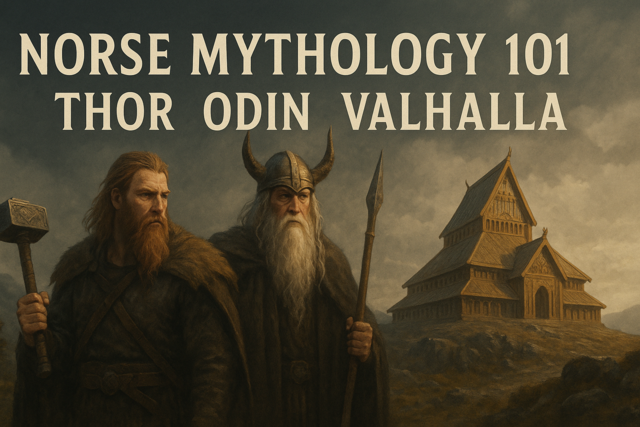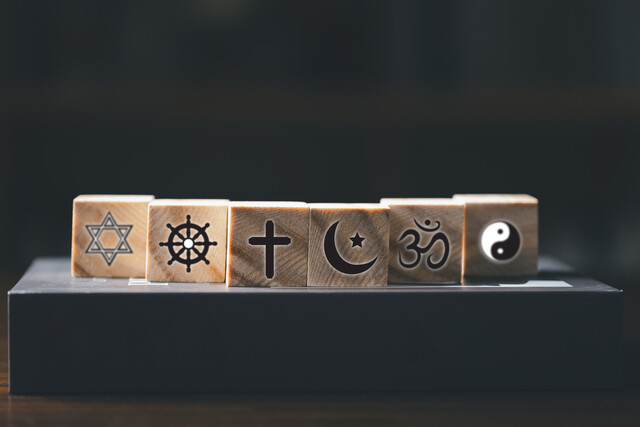Norse Mythology 101
Unlock the Secrets of the Gods: Dive into Norse Mythology Today!

4 Hours average completion time
0.4 CEUs
8 Lessons
8 Exams & Assignments
20 Discussions
8 Videos
10 Reference Files
83 Articles
Mobile Friendly
Last Updated December 2025
Thor, Odin, Valhalla - these names resonate with a sense of ancient power and mystique, but how much do we truly know about the ethereal world they encompass? Step back in time and immerse yourself in the enchanting realm of the Norse - the audacious Vikings, the resplendent Scandinavians, civilizations that once etched their indomitable spirit across the annals of history. Theirs is a tapestry woven with threads of faith, legend, and valor that has left even the most astute historians spellbound.
Marvel at a religious panorama that flourished for over a millennium, a testament to its profound impact, given that its tenets remained unwritten. Ponder on the enduring legacy of Norse gods, figures that, though no longer objects of mainstream worship, continue to captivate our collective consciousness.
Embark on a voyage into the heart of Norse ethos where valor and epic adventures eclipse conventional morality. Envision a realm where fiery wolves roam with menace, only to meet their fate at the hands of mere mortals. It's a world of paradoxes where life melds with death, battles resonate with peace, and gods confront mortality. Delve into the foundations of Viking spirituality, from treacherous oceanic quests to rituals as profound as human sacrifice. Walk the revered pathways of Uppsala, sensing the might of Thor's hammer with every step. Experience the grandeur of Valhalla in all its glory and discover the valiant deeds believed to earn one a place in that celestial hall.
Have you ever been intrigued by the worldview of some of history's most intrepid voyagers? Seek answers as you traverse through their eyes, unveiling secrets of a culture rich in myths, might, and mystery. Join us on this exhilarating exploration of the Norse narrative, and satiate your curiosity like never before!
- Historical context comprehension
- Understanding Norse mythology's influence on modern culture
- Analytical skills from mythological storytelling
- Critical thinking in cultural narratives
- Recognizing complex themes across mythologies
- Interpreting ancient symbols and rituals
- Cultural appreciation through Norse mythology
- Comparative mythology analysis
- Enhanced narrative interpretation skills
-

End of Life Care
-

American Government
-

ESL Grammar Skills Level 5
-

Etiquette for Children and Teens
-

Historical Fiction Writing
-

Ancient Civilizations 101
-

Greek Mythology
-

How to Decorate a Room
-

Beyond the Crust: The Heart and Soul of Bread Baking
-

Debt Reduction
-

Journaling and Memoir Writing
-

Learn HTML - Create Webpages Using HTML5
-

Poetry Writing 101
-

Recruitment and Retention Strategies
-

Adobe Edge Animate
-

American Wars: American Revolution and Civil War
-

Adobe Premiere
-

Nutrition 201: A Closer Look
-

Respectful International Workplace
-

World Religions
-

Twenty Women Who Changed American History
-

World War l and ll
-

Mindfulness in the Workplace
-

Habits of Millionaires
-

Personality Development
